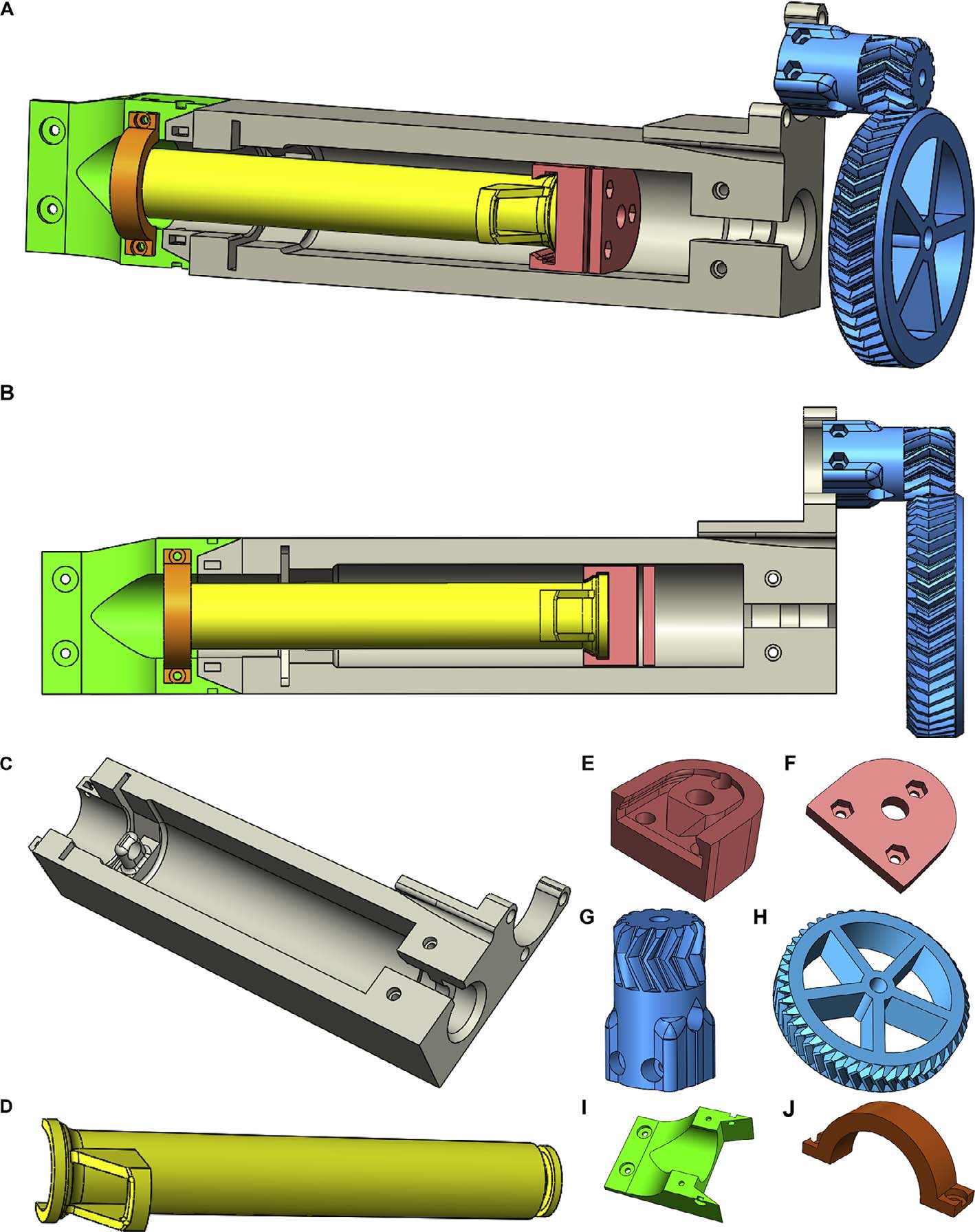Researchers at Carnegie Mellon University have developed an open-source, low-cost 3D bioprinter. They have published a paper in HardwareX with the complete instructions for the installation of a syringe-based large volume extruder (LVE) on a desktop FDM 3D printer.
The LVE allows users to print artificial human tissues at a high resolution and scale. It is designed to print a range of materials, including biopolymers, hydrogels, pastes and epoxies.
Adam Feinberg, one of the authors of the paper and a Biomedical Engineering Associate Professor at Carnegie Mellon, said “The LVE 3D bioprinter allows us to print much larger tissue scaffolds, at the scale of an entire human heart, with high quality.”

Democratising technology, making 3D bioprinting more accessible
Feinberg says that the LVE can be installed for less than $500. The modifications were applied to a PrintrBot Simple 3D printer, though the authors say the LVE should be compatible with many desktop FDM 3D printers.
Most commercial 3D bioprinters cost between $10,000-200,000. The cheapest 3D bioprinter on the market is the Allevi 1, at $4,995. Feinberg claims that the LVE is “at least on par with many [3D bioprinters] that cost far more money”, though he did not name any specific 3D bioprinters for comparison.
Theoretically compatible with any open-source FDM 3D printer
Kira Pusch, a recent graduate from Materials Science and Engineering at Carnegie Mellon said that “What we’ve created is a large volume syringe pump extruder that works with almost any open source fused deposition modelling (FDM) printer. This means that it’s an inexpensive and relatively easy adaptation for people who use 3D printers.”
Feinberg’s lab at Carnegie Mellon is aiming to produce more open-source biomedical research, to accelerate the speed of biomedical innovation. “It’s really about democratising the technology and trying to get it into more people’s hands” said Feinberg.
We envision this as being the first of many technologies that we push into the open source environment to drive the field forward. It’s something we really believe in.

Researchers at the University of Manchester are making human cell models using 3D bioprinting in hopes of finding the cause of Alzheimer’s disease. Oxford, UK, based 3D bioprinting company OxSyBio has raised $14 million in series A financing, with the long term goal of having 3D bioprinters produce tissue transplants.
A paper titled “Large volume syringe pump extruder for desktop 3D printers” with further details about the 3D bioprinter featured in the article is published online in the HardwareX journal. It is co-authored by Kira Pusch, Thomas J.Hinton and Adam Feinberg.
Keep up to date with the latest 3D printing related research. Subscribe to the 3D Printing Industry newsletter, follow us on Twitter and like us on Facebook.
Vote for the 3D printing Academic/research team of the year in the 2018 3D Printing Industry Awards.
Start a career in 3D printing, or post a job. The 3D Printing Jobs Board is now live.
Protolabs is sponsoring the 2018 3D Printing Industry Awards design competition. Enter now for the chance to win a Wanhao Duplicator 9 3D printer. Closes on midnight March 31st.
Featured image shows the open-source 3D models of all the 3D printed components required for the LVE. Image via Kira Pusch, Thomas J.Hinton, Adam Feinberg.

